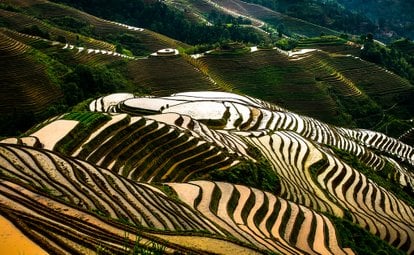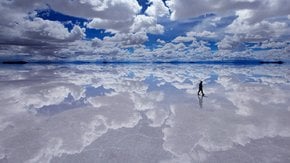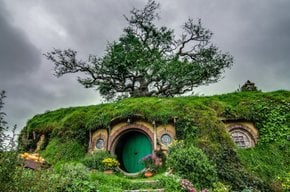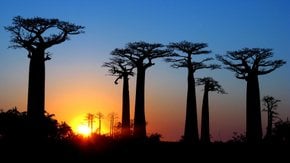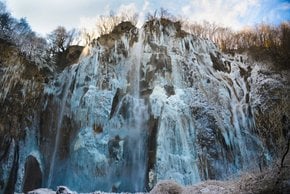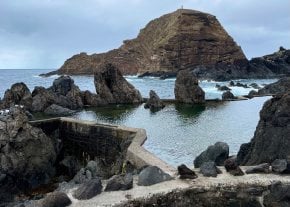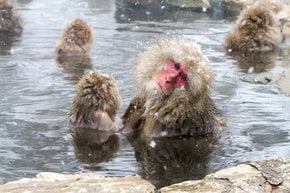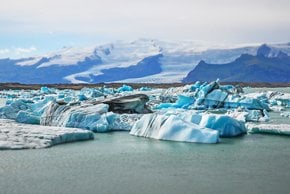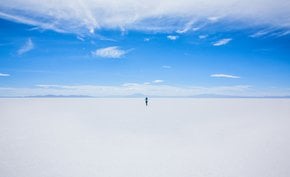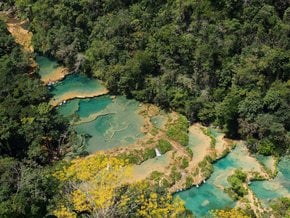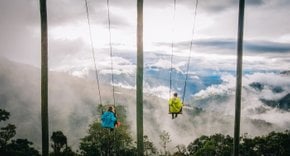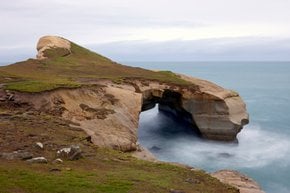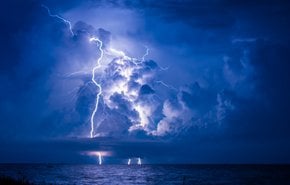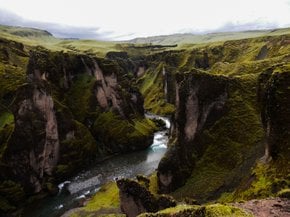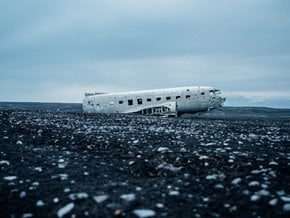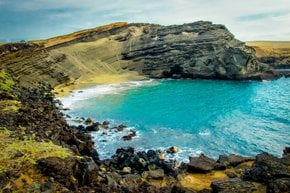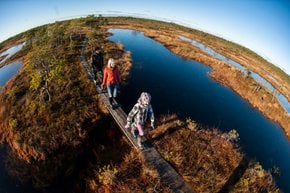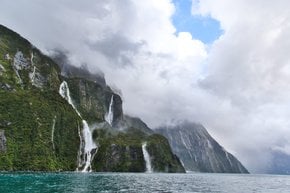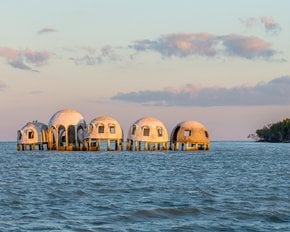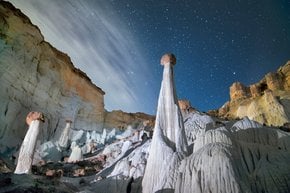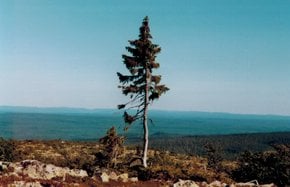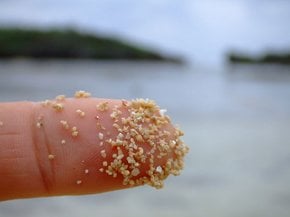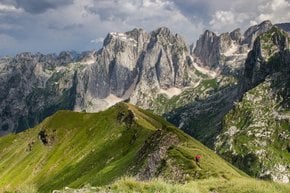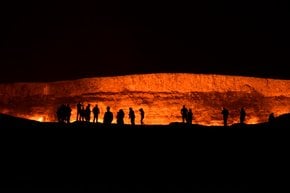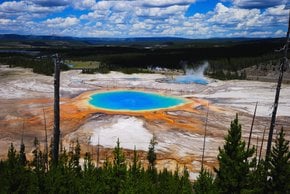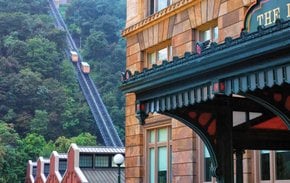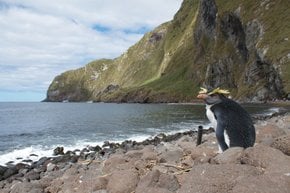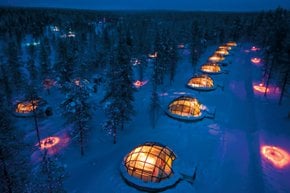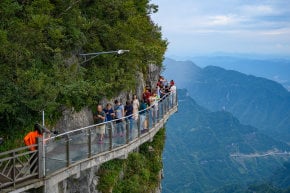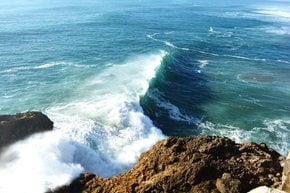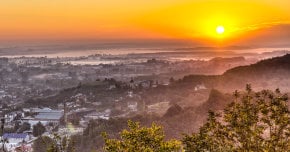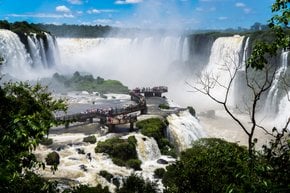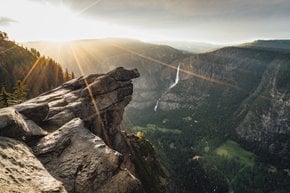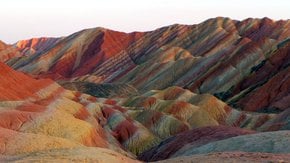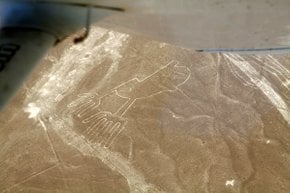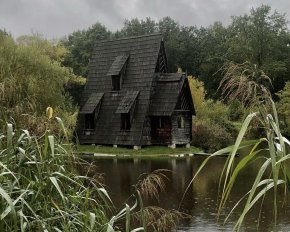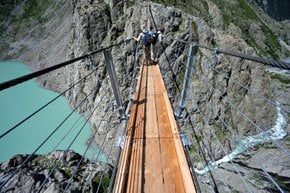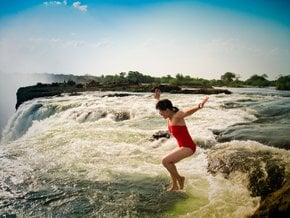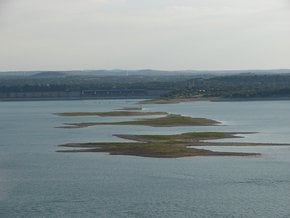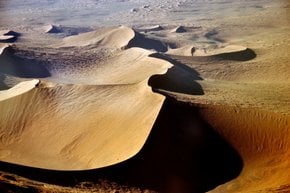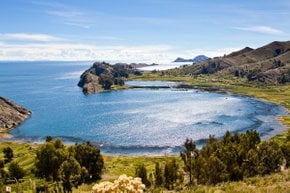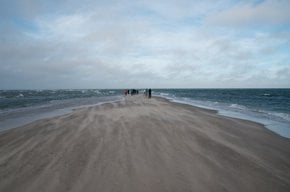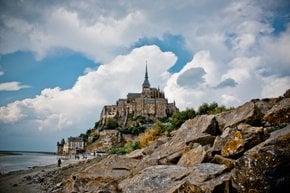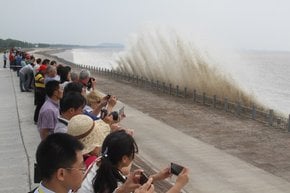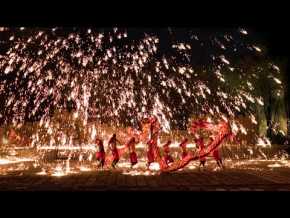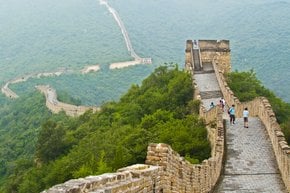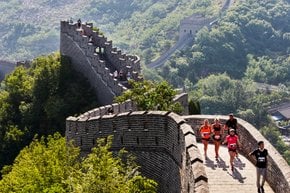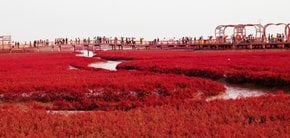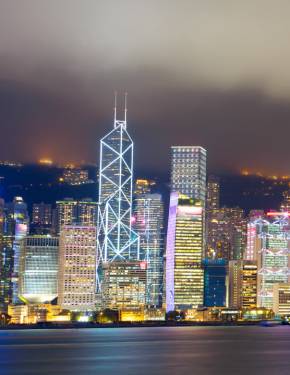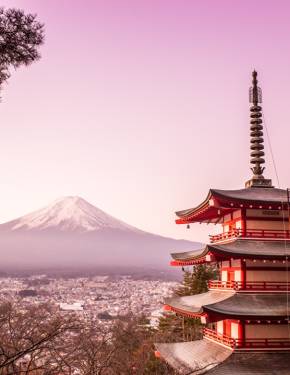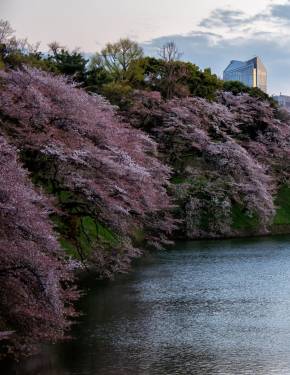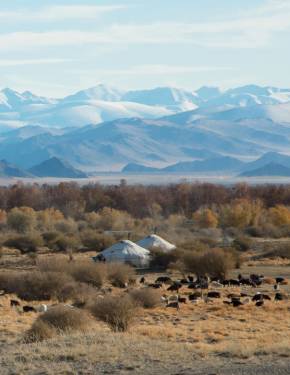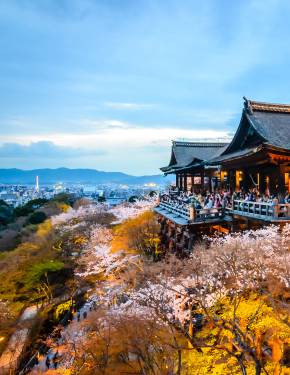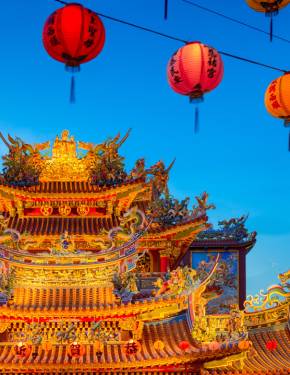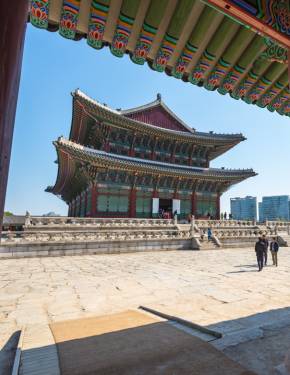Longsheng (Longji) Rice Terraces in China 2026
It took hundreds of years to construct a mountain of rice terraces which today reaches up to 900 m above sea level
Best time: mid-April–mid-November
The Longsheng, or Longji, terraced rice fields are one of China's most iconic sights, located in Guangxi province. Spanning elevations from 300 to 1,100 meters above sea level, these terraces form a winding pattern that stretches from the mountain foot to the peak. The terraces transform with the seasons: they are filled with water in spring, lush with green rice shoots in summer, golden with ripened rice in fall, and covered in frost during winter.
Best Time to Visit
The Longji rice terraces are best visited during two main seasons: mid-April to mid-June, when the fields are flooded for planting, creating stunning reflections, and mid-summer to autumn, when the terraces transition from vibrant green to golden as the rice ripens. During spring, you can witness the intricate, human-powered rice planting process, as many terraces are too narrow for animals. The ideal visiting period is between mid-April and mid-November, while winter tends to be too cold and occasionally snowy.
Scenic Locations
The Longsheng Rice Terraces are a collection of rice terraces that can be divided into three main sections: Jinkeng Red Yao Terraced Fields, Ping’an Zhuang Terraced Fields, and Longji Old Village Cultural Terraced Fields. Most of the terraces are concentrated in two primary areas: Ping’an and Dazhai.
Dazhai Terraces
The famous Longsheng Rice Terraces are located outside Longsheng, near Dazhai village. Visitors are drawn to the stunning views of water flowing through the terraced rice fields, which cascade down to 900 meters above sea level. The best viewpoints for sunrises include Platform One, West Hill Music, and Platform Two, Large-Scale Thousand-Layer Terraces. Platform Three, Golden Buddha Peak, is the most popular due to its cable car connection to the Dazhai parking area. Dazhai features three main viewing platforms, two of which are in Tiantouzhai, making it an ideal place to stay. Numerous trails and paths offer further exploration of this picturesque area.
Ping’an Terraces
Ping’an Zhuang Terraced Fields, commonly known as the Ping’an Terraces, feature two easily accessible viewing platforms ideal for sunset views. The most famous platform is the Nine Dragons and Five Tigers, while the second, Seven Stars Accompany the Moon, is located on the other side of the village. These platforms are close to each other, allowing visitors to choose their preferred viewpoint. The Ping’an Terraces area is well-equipped with modern facilities, including restaurants, hotels, bars, and cafes, providing comfort and convenience amid the scenic mountains.
Getting There
Longsheng does not have an airport or railway station, so visitors must travel by bus or private car from Guilin City. Located in the northeastern part of Guangxi province, the journey to Longsheng takes about three hours from Guilin. If you want to reach Dazhai, buses drop passengers at the Dazhai parking area, where you can take a cable car to Platform 3 or hire a local driver for a 10-minute ride costing 30 Renminbi (¥). Alternatively, visitors can walk up to the village.
Direct buses also run from Guilin to Ping’an, departing from the Guilin bus station. These buses first stop at the Longji ticket office, where visitors purchase an ¥80 ticket valid for 48 hours for both Ping’an and Dazhai. Afterward, the bus continues to the entrance of Ping’an, where tickets are checked. A 20-minute walk is required to reach the village from the entrance.
Tickets
The ticket for the entire Longsheng Rice Terraces costs ¥100 per person and can be purchased at the Gate of Longji Terraced Fields Scenic Area. Once inside, three ticket-checking offices correspond to the three main terraced field spots.
Accomodation
Accommodation options are plentiful, with hotels and local minority families offering stays at Longsheng Rice Terraces. The locals are welcoming and often invite visitors to experience their traditional lifestyle, including delicious rice-based meals with beef, pork, or fish. Staying with these families provides a unique insight into their culture and centuries-old heritage in rice cultivation.
Activities
The Longsheng Rice Terraces host various cultural activities and festivals that attract tourists year-round. From March to April, the Longji Rapeseed Flower Festival transforms the terraces into a golden sea, resembling a Shangri-la. In May and June, the Longji Spring Ploughing Ceremony invites photographers to capture scenic beauty and traditional plowing practices. The Red Clothes Festival, held on the 6th day of the sixth lunar month, features Red Yao women displaying their colorful garments, traditional performances, and nighttime torchlight displays with fireworks. These events offer unique opportunities to experience the local ethnic culture and customs.
History
The Longsheng Rice Terraces, built during the Ming Dynasty and completed in the early Qing Dynasty, have a history of over 650 years. The local minority families spent centuries constructing these terraces, passing down the farming tradition through generations. The terraces are named Longji, or Dragon's Backbone, because their shape resembles the scales of a dragon, with the mountain summit resembling its backbone. Farming remains an integral part of life for these communities.

